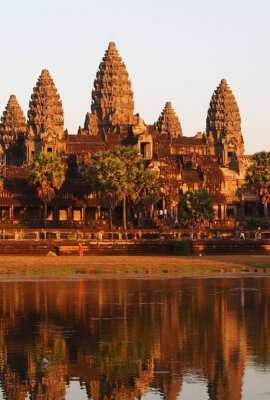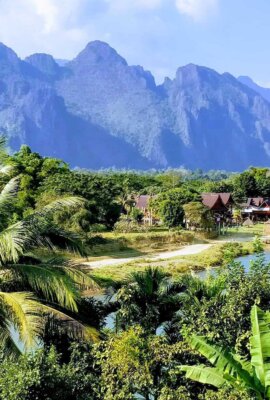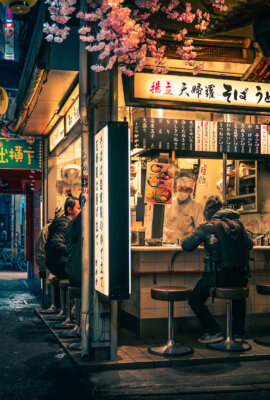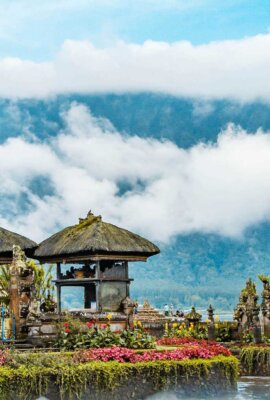Your full Wanderlust guide to
Vietnam
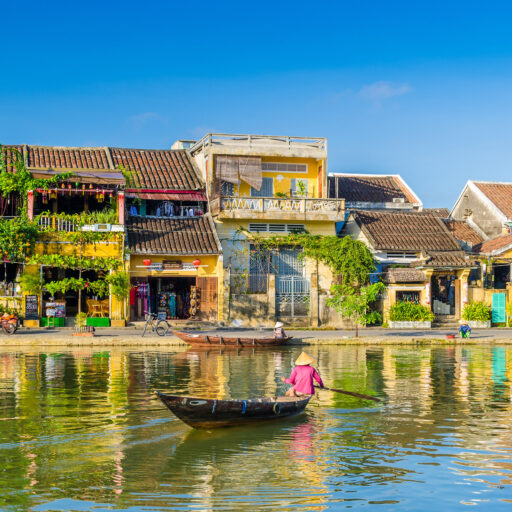
From the karst outcrops of Halong Bay and the hilltribe-settled mountains around Sapa, Vietnam’s landscapes are vast and varied. The Southeast Asian country encompasses paradise islands, charming colonial towns, fascinating villages (particularly around the Mekong Delta) and lush national parks.
Tuck into banh mi in Ho Chi Minh City (Saigon), windsurf at Mui Ne, chill on tropical Phu Quoc Island, roam the historic streets of Hoi An, delve into the Viet Cong tunnels at Cu Chi and settle in for a water-puppet show in capital Hanoi – and those are just the headline acts.
As infrastructure improves and hitherto-remote areas open up to travellers, more of Vietnam’s treasures come to light – explore the hills around Ninh Binh, visit the Cham temples of Quy Non or meet the tribes of Ba Be National Park – so be prepared to look beyond the guidebooks and discover your own Vietnamese adventure.
You can’t miss
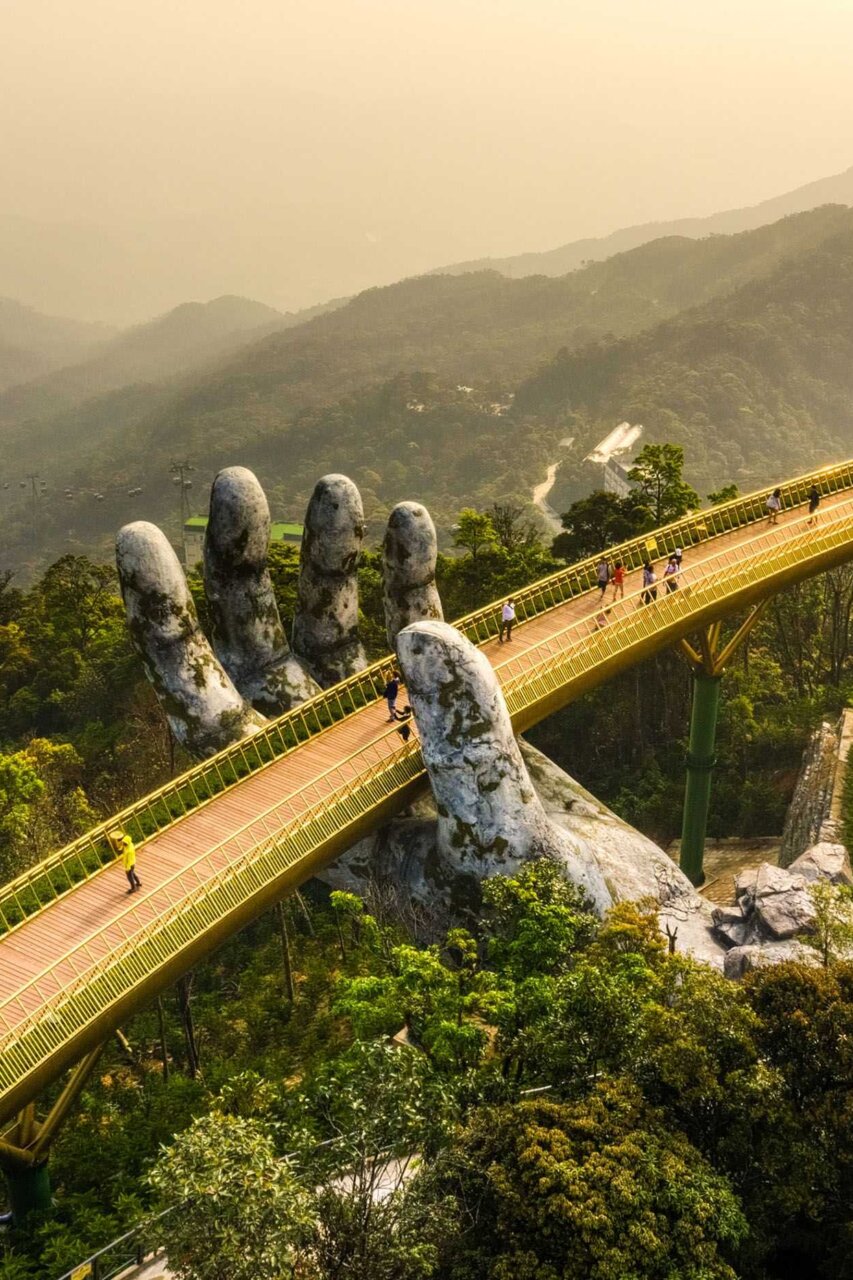
When to go to Vietnam
Climate is complicated by regional differences and two monsoons – the northern three-quarters of Vietnam get wet and cool October-March, while the south is warm and dry; a summer monsoon affects most of the country from April-October, bringing hot and humid conditions.
The northern spring (April-May) and early autumn (September-October) are probably the most comfortable (and not too crowded) times to visit.
International airports
Noi Bai Airport (HAN) is 35km north of Hanoi. Tan Son Nhat Airport (SGN) is 7km north-west of Ho Chi Minh City.
Getting around in Vietnam
Domestic flights link the main centres, including Hanoi, Ho Chi Minh City, Hue, Danang and Can Tho in the Mekong Delta. A range of buses – from small (and often packed) minibuses to large, comfortable air-con coaches – comprise an extensive network around the country at very reasonably prices.
There’s one main railway line that runs along the coast between Ho Chi Minh City and Hanoi, branching out to a few more destinations around the north.
Hiring a car (often with driver) or a motorcycle allows more flexibility (check health and safety section).
Health & safety
Generally Vietnam is not a dangerous place; one thing to be aware of, though, is the continuing risk from unexploded ordnance remaining from the war, especially if exploring rural areas off the beaten path.
Riding motorbikes and scooters is a popular but risky activity, as road safety is poor.
Consult your GP or travel health clinic to check the appropriate vaccinations and malaria prophylaxis. As well as malaria, which is a problem in some rural areas, dengue fever afflicts parts of Vietnam; as much as possibly, cover up and use insect repellent, particularly in the evenings.
Some travellers report feeling hassled or ripped off by drivers or others in Vietnam, which is an increasingly commercial-minded destination; a sense of humour and patience is helpful.












